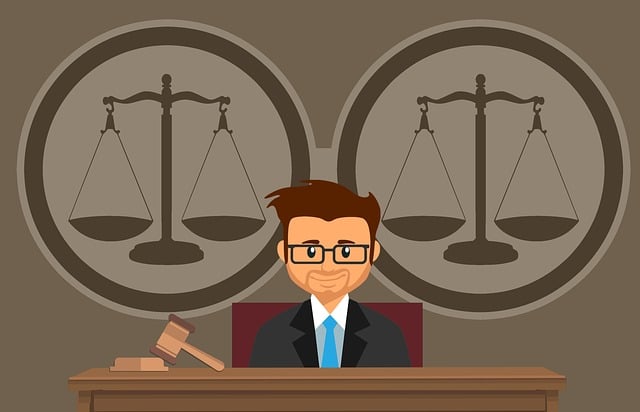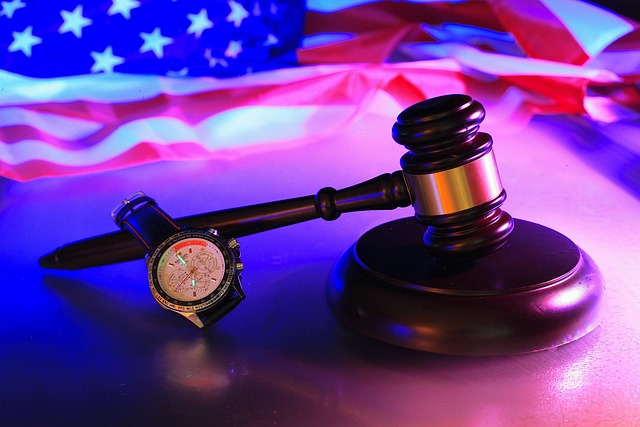During DUI traffic stops, pedestrians have the right to remain on sidewalks or crosswalks, observing from a safe distance. They can refuse to provide information unless immediately in danger. Understanding these rights is crucial to avoid conflicts and ensure safety. Well-designed streetscapes, including clear markings, lit pathways, and designated crossings, mitigate risks for all users, promoting equality and livability within communities. A multi-faceted approach involving education, awareness campaigns, and infrastructural changes enhances safety, discourages dangerous driving behaviors, and respects the rights of pedestrians during high-risk situations like DUI stops.
In the pursuit of safe streets, understanding pedestrians’ rights during DUI traffic stops is paramount. This article explores crucial strategies to ensure equality and protection for all users, with a specific focus on enhancing pedestrian safety. We delve into the importance of recognizing and upholding the rights of pedestrians, especially during high-risk situations like drunk driving encounters. By examining these key aspects, we aim to contribute to a more inclusive and secure landscape for everyone navigating public ways.
- Understanding Pedestrians' Rights During DUI Traffic Stops
- The Importance of Safe Streets for All Users
- Strategies to Ensure Equality and Protection on Public Ways
Understanding Pedestrians' Rights During DUI Traffic Stops

During a DUI (Driving Under the Influence) traffic stop, pedestrians have specific rights they should be aware of to ensure their safety and protect themselves from potential harm. When law enforcement officers pull over a vehicle for DUI suspicion, they may also impact areas around the stop, including sidewalks and crosswalks. Pedestrians have the right to remain on the sidewalk or crosswalk and are not required to move or provide any information unless they are immediately in danger. They can observe the interaction from a safe distance without fear of legal repercussions.
It’s crucial for pedestrians to understand their rights to avoid unnecessary conflicts or misunderstandings. If an officer approaches a pedestrian during or after a DUI stop, they should politely but firmly assert their right to remain on the sidewalk and refuse any requests that make them feel uncomfortable or unsafe. This includes refraining from providing any personal information or consenting to searches unless ordered by a judge.
The Importance of Safe Streets for All Users

In today’s world, safe streets are essential for all users, regardless of whether they’re driving, cycling, or walking. For pedestrians, who make up a significant portion of urban populations, well-designed and maintained streetscapes offer more than just aesthetic appeal; they ensure accessibility, convenience, and above all, safety. Pedestrians’ rights are inextricably linked to the overall well-being and livability of communities. When streets prioritize pedestrian needs, it fosters a sense of belonging and encourages active lifestyles, contributing to healthier, happier neighborhoods.
Moreover, the concept of safe streets extends critical considerations during high-risk situations like DUI (Drunk Driving Under Influence) traffic stops. These moments can be particularly perilous for pedestrians, who may find themselves in close proximity to impaired drivers. Adequate street design, including clear markings, well-lit pathways, and designated pedestrian crossings, plays a pivotal role in mitigating risks during such encounters. By prioritizing safe streets, communities not only protect their most vulnerable members but also send a strong message that every user’s safety is of paramount importance.
Strategies to Ensure Equality and Protection on Public Ways

Ensuring equality and protection for pedestrians, especially during high-risk situations like DUI traffic stops, involves a multi-faceted approach. One key strategy is education and awareness campaigns that target both law enforcement officers and the public. These initiatives promote understanding of pedestrian rights and responsibilities, fostering a culture of respect and safety on public ways. By empowering pedestrians with knowledge about their rights during DUI stops, communities can reduce potential conflicts and ensure fair treatment.
Additionally, infrastructural changes play a crucial role in making streets safer for everyone. This includes designing roads and sidewalks that accommodate diverse needs, such as dedicated pedestrian lanes, well-lit paths, and accessible crossings. Such measures not only discourage dangerous driving behaviors but also make it easier for pedestrians, particularly those with disabilities or limited mobility, to navigate public spaces independently and securely.
Pedestrians have a right to safe streets, free from danger and harm, just as drivers do. By understanding their rights during DUI traffic stops and implementing strategies to ensure equality and protection on public ways, we can create a more inclusive and secure environment for all road users. The importance of safe streets cannot be overstated; it’s a fundamental aspect of fostering a vibrant and accessible community for everyone, regardless of mode of transportation.






